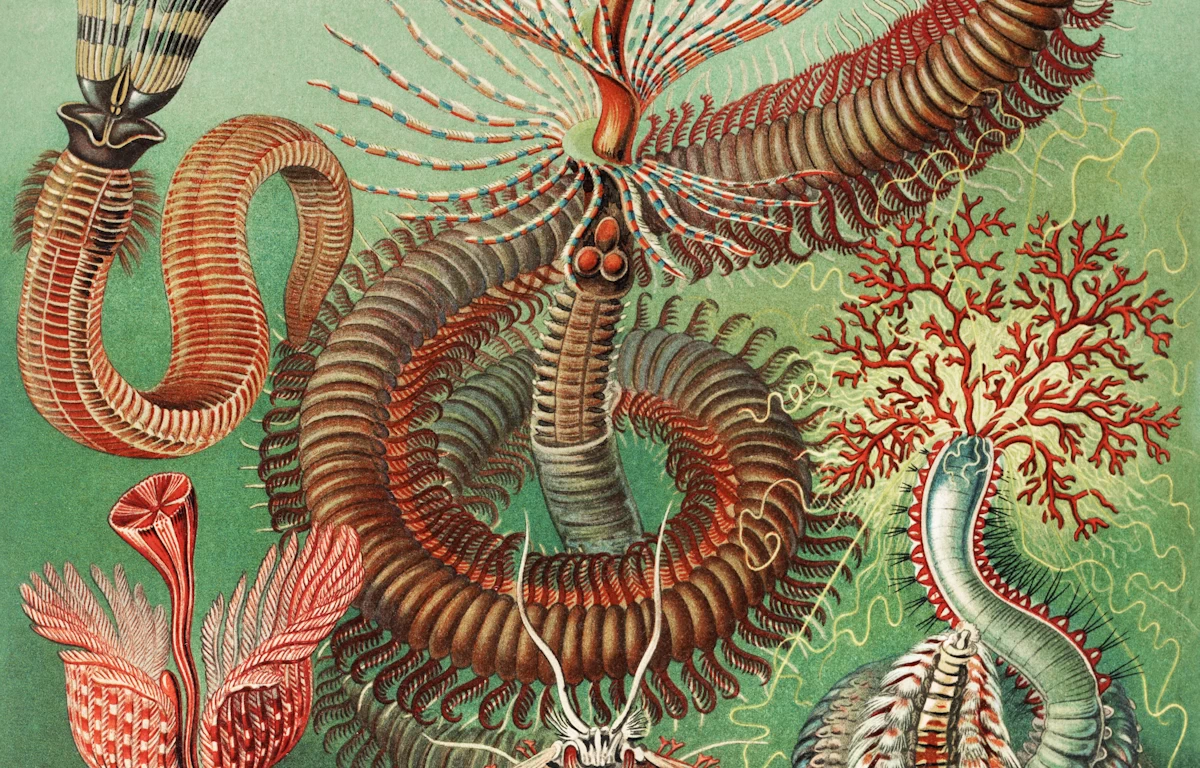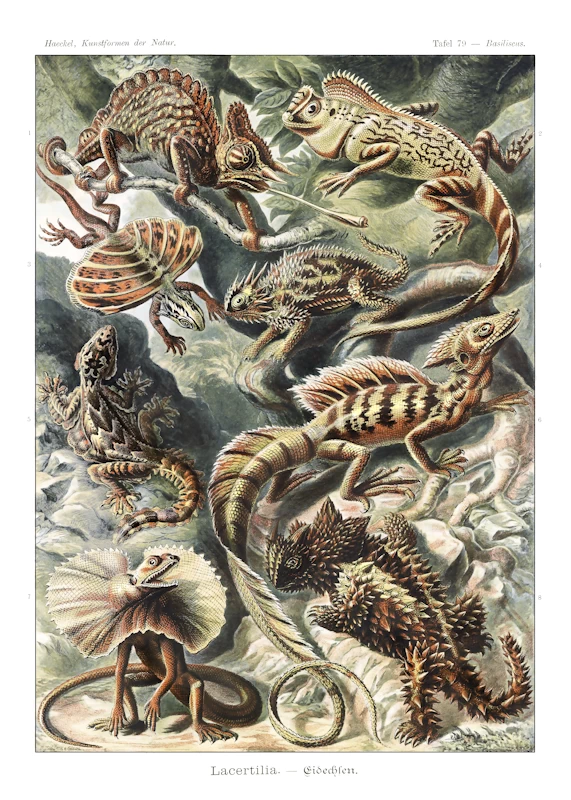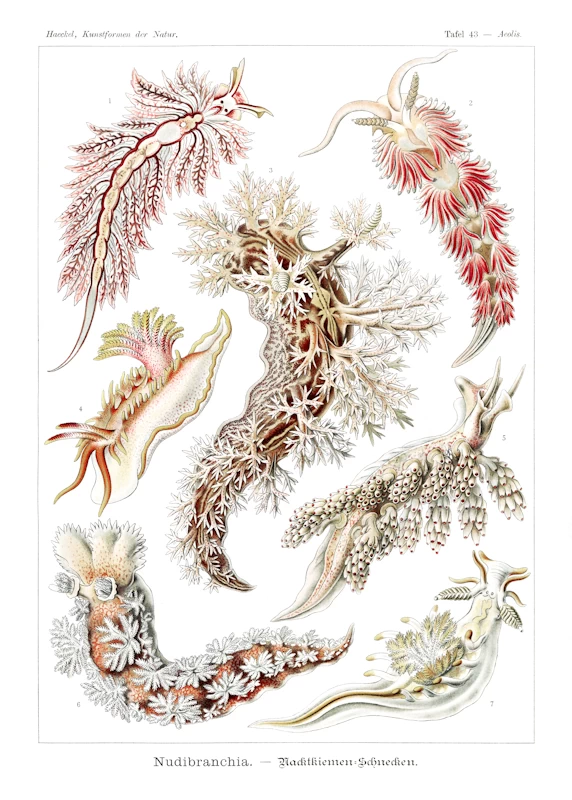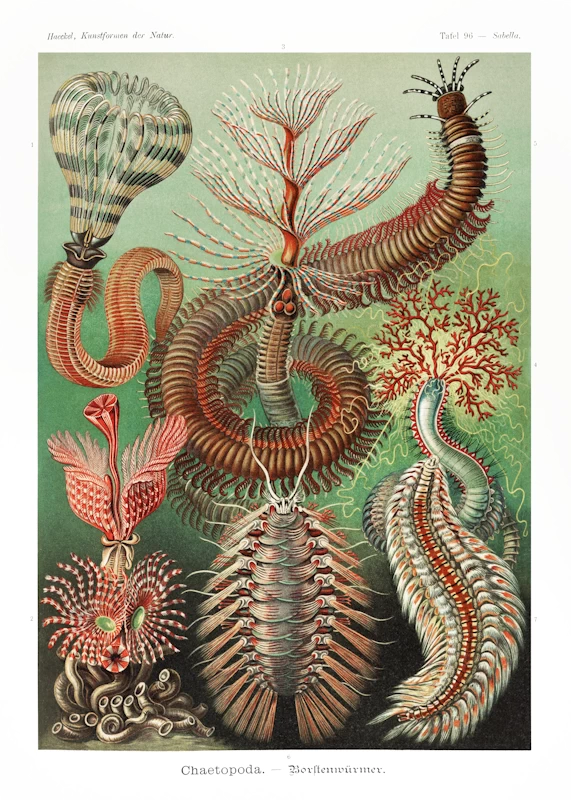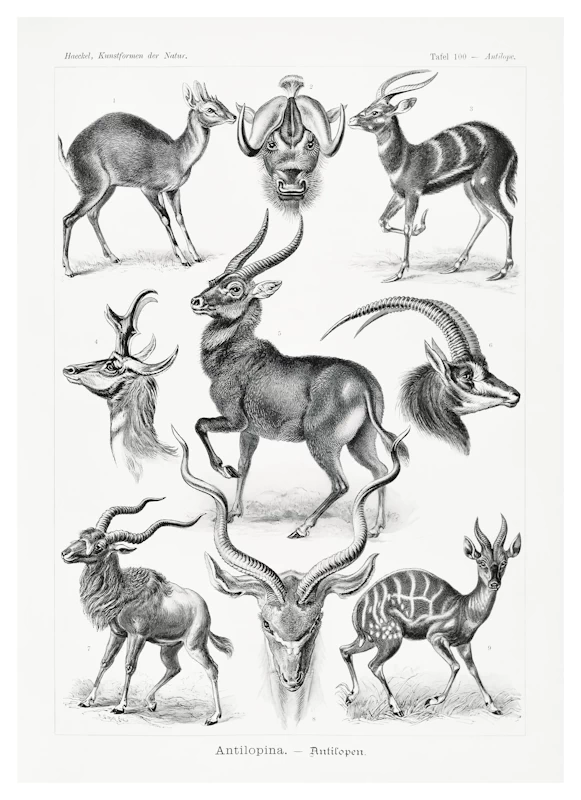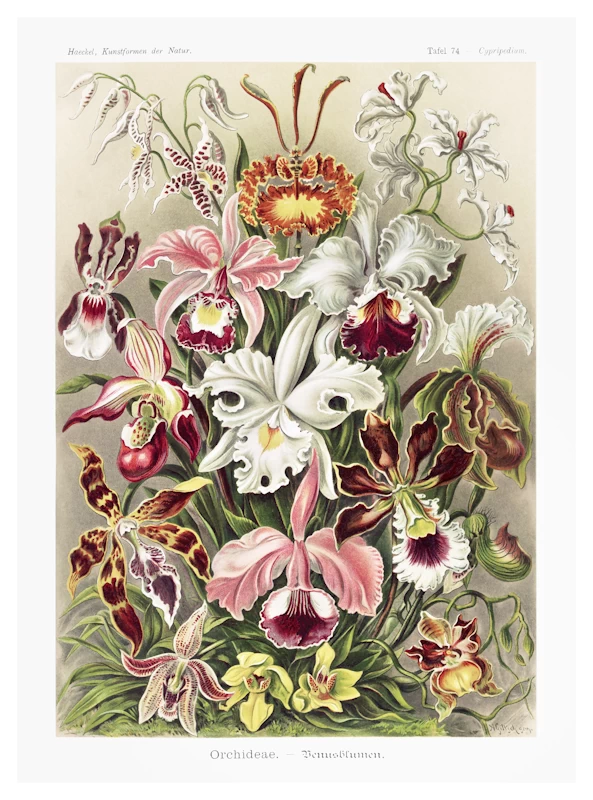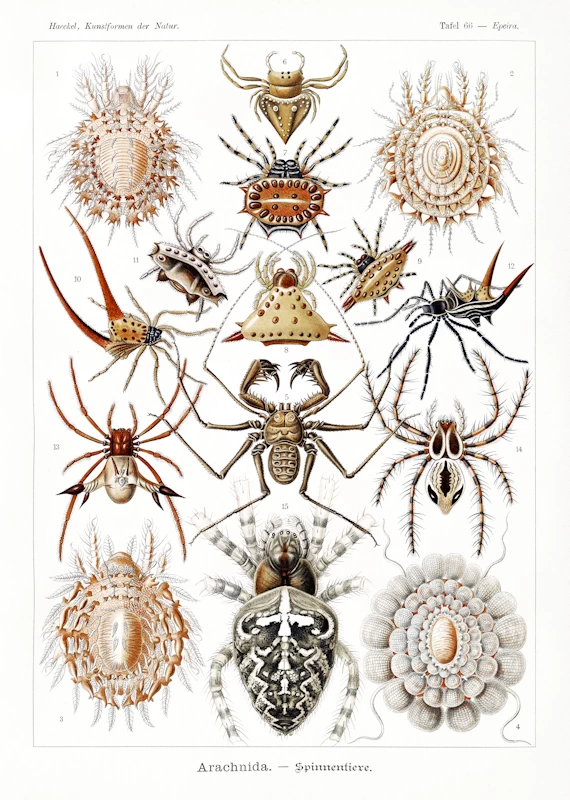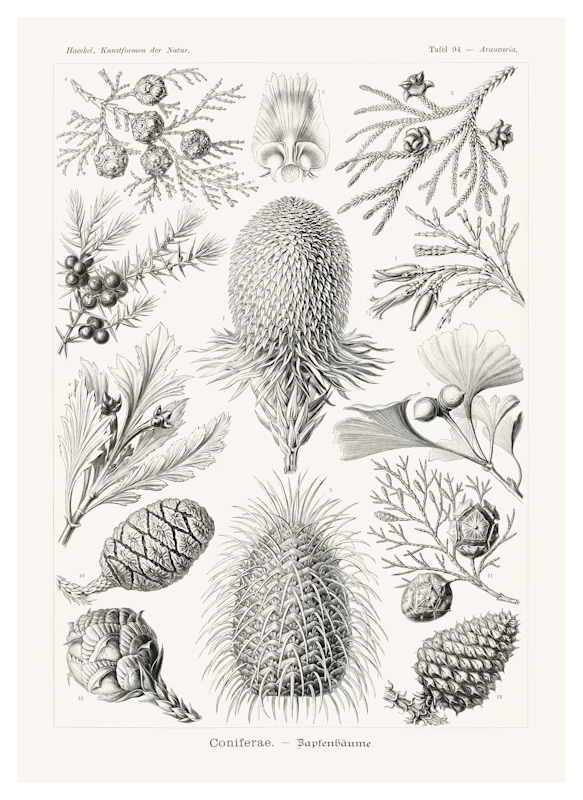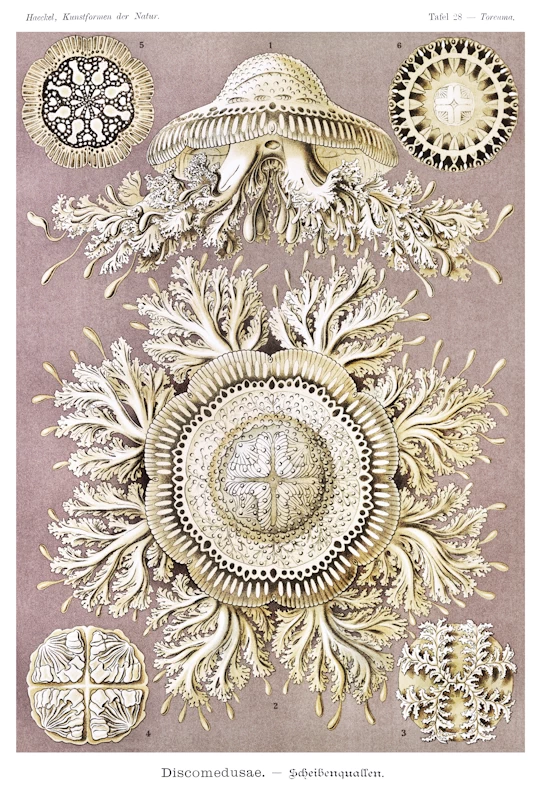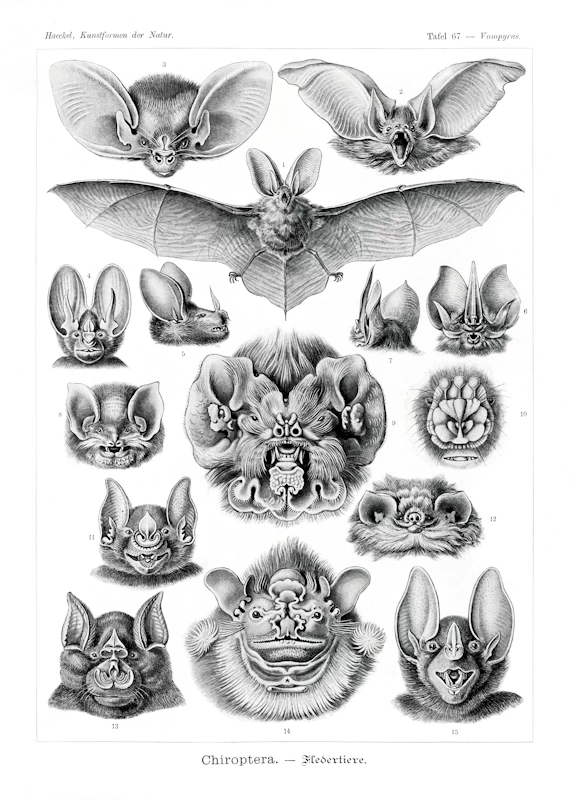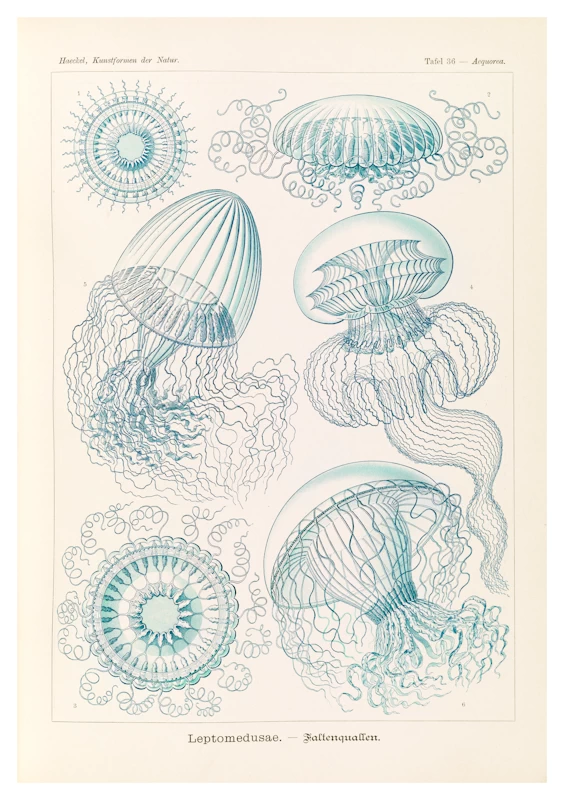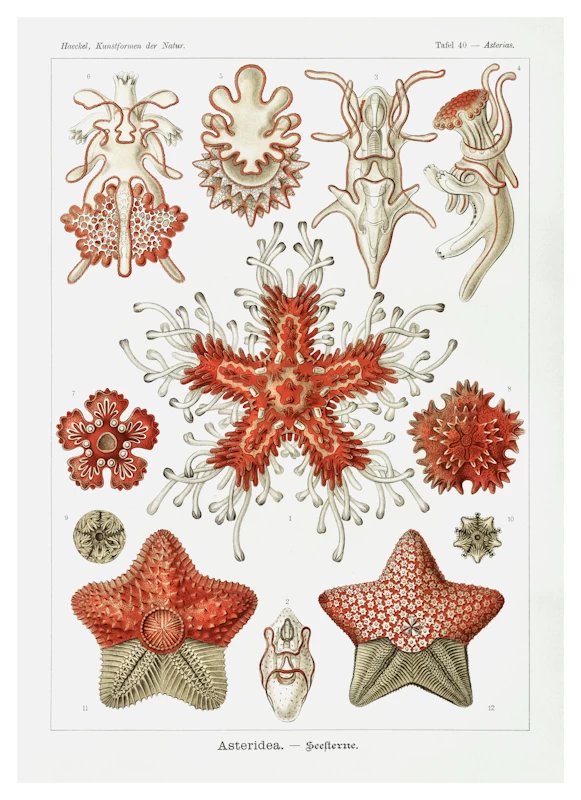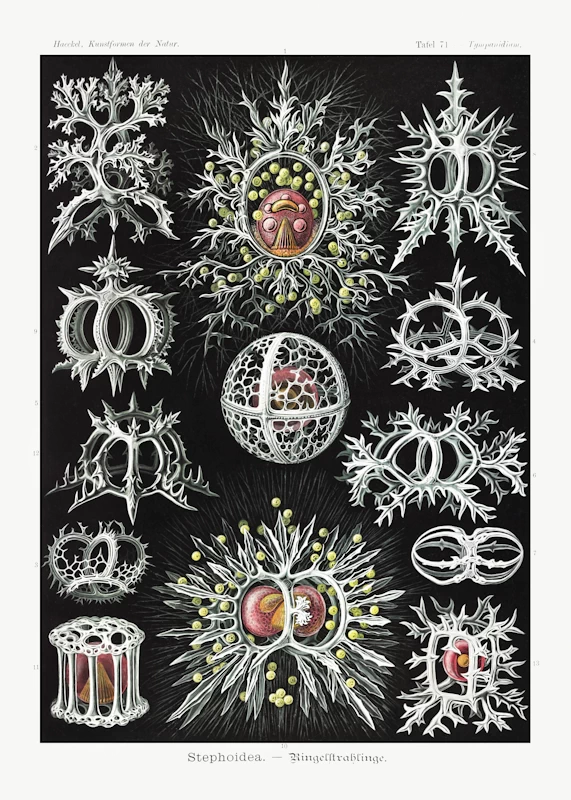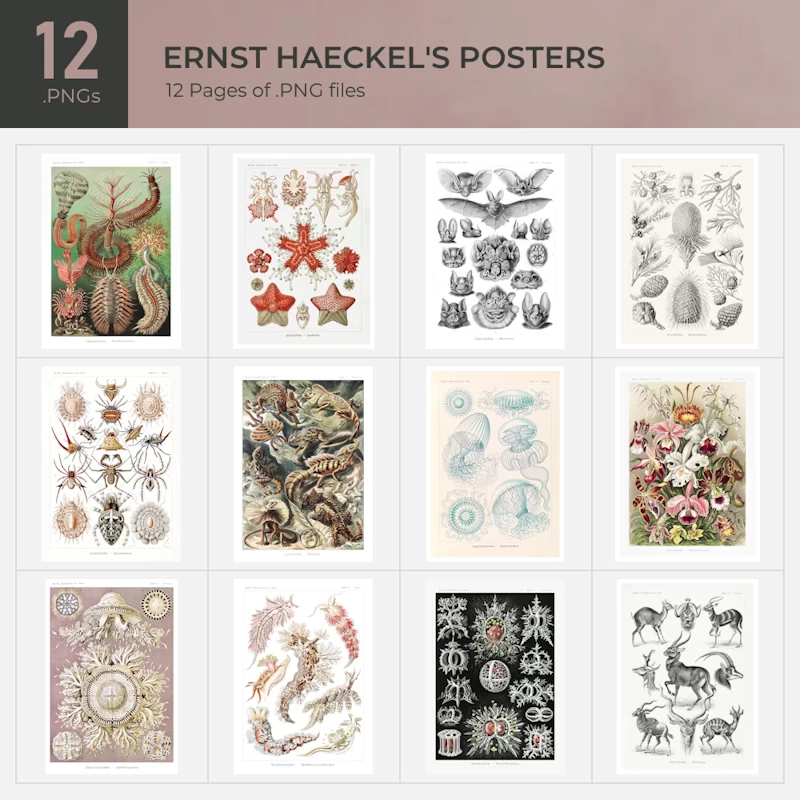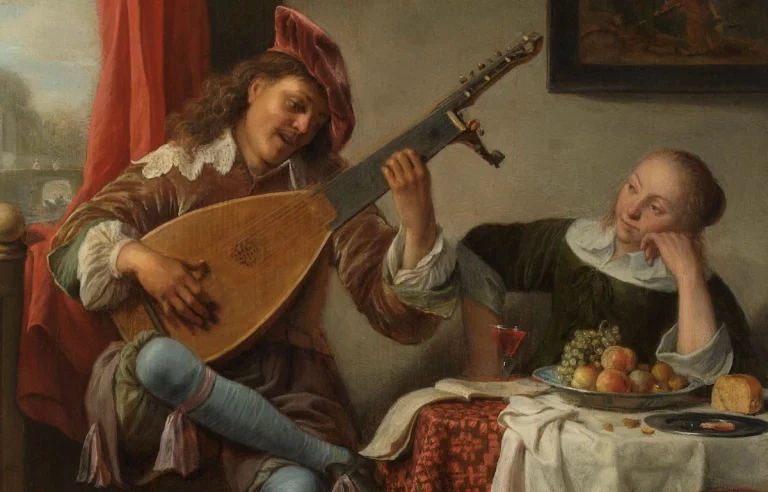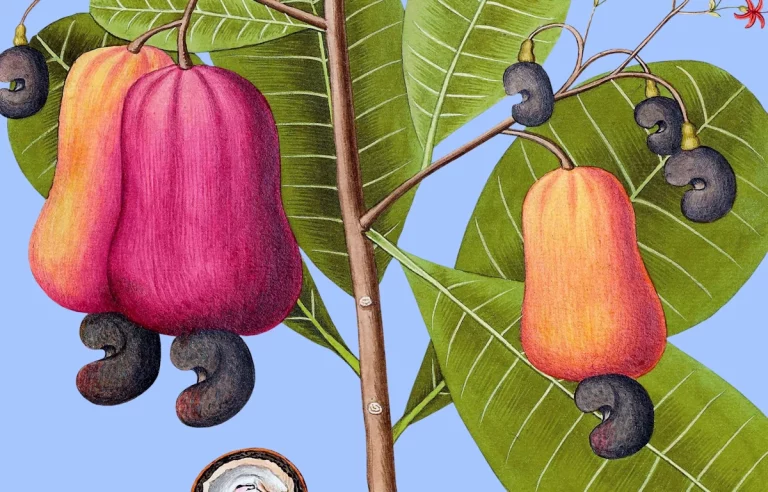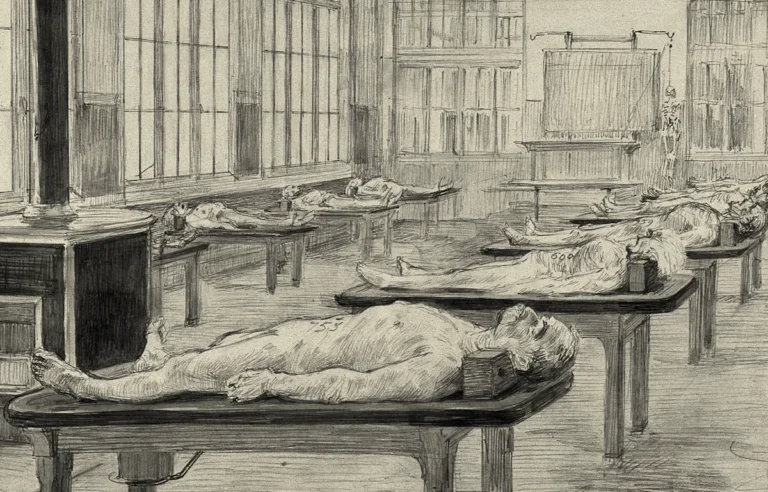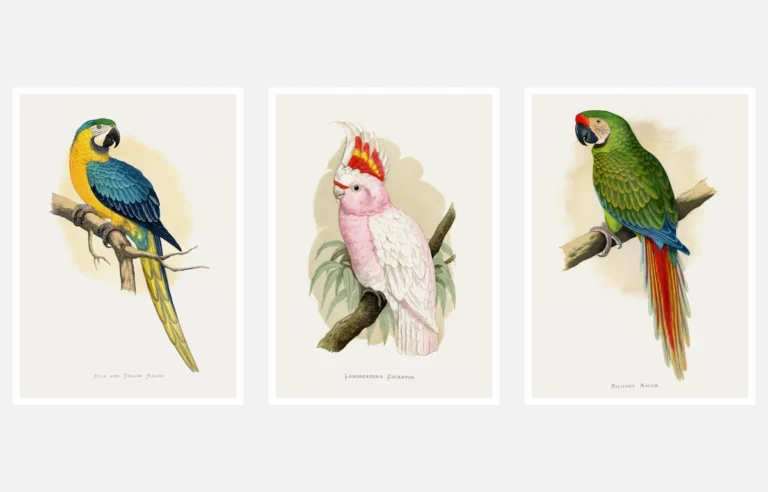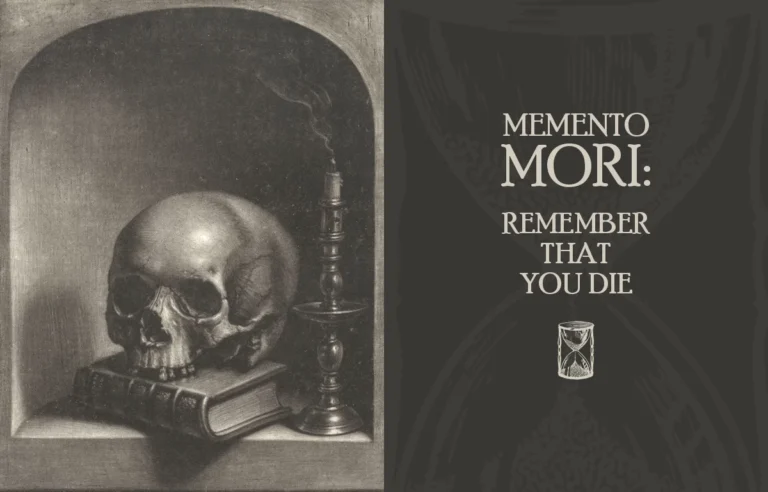Ernst Haeckel’s Masterpiece of Natural Art: Kunstformen der Natur
In the early 20th century, German biologist and artist Ernst Haeckel published one of the most beautiful scientific books ever created: Kunstformen der Natur, or Art Forms in Nature. Initially released in parts between 1899 and 1904, the full collection came together in two volumes in 1904. This book captured nature’s diverse and fascinating designs through detailed and colorful illustrations that depicted creatures like jellyfish, starfish, and microscopic ocean organisms. Kunstformen der Natur was a stunning collection that brought scientific research and visual art together in a way no one had quite seen before.
While most scientific illustrations of the time aimed to depict information accurately, Haeckel’s illustrations went beyond mere documentation. He wanted readers to feel the elegance of natural forms, the symmetry of animal structures, and the beauty of life’s smallest details. Today, his work is still praised for its impact on both science and art. Let’s dive into what makes Kunstformen der Natur a legendary work, explore its most famous illustrations, and learn why Haeckel’s artistic style continues to inspire people today.
The Inspiration Behind Kunstformen der Natur
As a zoologist, marine biologist and naturalist (amongst his many titles), Haeckel spent years exploring, observing, and studying various living organisms. He was especially fascinated by marine life and spent a lot of time researching tiny ocean creatures that were often invisible to the naked eye. With only a microscope, he revealed worlds of shapes, patterns, and symmetry that few people had ever seen before. Kunstformen der Natur became his way of capturing that hidden beauty, making it visible and understandable for everyone.
The late 1800s were an exciting time in science. Darwin’s theory of evolution had introduced new ways of understanding life’s origins and connections. Haeckel, a strong supporter of Darwin’s ideas, saw Kunstformen der Natur as a way to help others understand how diverse yet interconnected life forms are. He believed that observing the complex patterns in nature could inspire a sense of unity and appreciation for all living things. Each page in Kunstformen der Natur combined the accuracy of scientific observation with a sense of wonder, creating an experience that felt both educational and enchanting.
What Makes Kunstformen der Natur So Unique?
One of the most striking aspects of Kunstformen der Natur is its focus on symmetry and geometric patterns. Nature isn’t random, and many organisms—especially those in the ocean—display incredible symmetry in their shapes. Humans are naturally drawn to symmetry and balance, and Haeckel’s illustrations bring out the innate balance and elegance in each creature. Haeckel was fascinated by the idea that nature, without any conscious thought, could produce such perfect designs. Whether through radial symmetry in starfish or the complex shapes of microscopic radiolarians, Haeckel’s work brought this perfection to life in a way that amazed viewers.
Instead of creating scientific diagrams, Haeckel’s images are closer to pieces of art. He used shading, color, and fine linework to create a sense of depth and texture, making each illustration feel like it was almost alive. In Kunstformen der Natur, organisms aren’t just drawn to show what they look like—they’re illustrated to show their beauty. Haeckel’s illustrations allowed people to appreciate the incredible design in creatures they might otherwise never notice.
Haeckel’s use of color in Kunstformen der Natur is also notable. While early versions of the book were black and white, later editions featured vibrant, eye-catching colors. These added hues made the images even more captivating, highlighting each detail of the creatures and giving them an almost dreamlike quality. Although Haeckel’s colors weren’t always realistic, they helped emphasize the symmetry, textures, and forms he wanted viewers to notice.
The Delicate Jellyfish
One of the most beloved illustrations in Kunstformen der Natur is Haeckel’s depiction of jellyfish. These creatures, with their bell-shaped bodies and trailing tentacles, already have a ghostly elegance. Haeckel captured this elegance perfectly, drawing jellyfish with a transparency that makes them look like glowing lanterns in the ocean. His illustration shows each part of the jellyfish—from the bell to the long, fine tentacles—with an astonishing level of detail. This drawing helped people understand that jellyfish are incredibly complex and beautiful. The symmetry in their bell shapes and the radiating tentacles make them a classic example of the balance and beauty in nature.
The Symmetrical Starfish
Another unforgettable illustration from the book is the starfish. Starfish have a natural radial symmetry, with five arms extending out from a central body. Haeckel’s starfish illustrations bring this symmetry to life, showing the texture, bumps, and patterns on each arm in stunning detail. His attention to detail makes the starfish feel three-dimensional, almost as if you could reach out and touch the illustration. This drawing highlights the simplicity and perfection of starfish design, turning something familiar into something extraordinary. By examining Haeckel’s starfish, viewers could see not just an ocean animal but a perfect example of nature’s design.
The Intricate Radiolarians
Radiolarians, microscopic creatures that live in the ocean, were among Haeckel’s favorite subjects. These tiny organisms have incredibly intricate skeletons made of silica, and their skeletons form complex shapes that almost resemble tiny pieces of artwork. In his radiolarian illustrations, Haeckel brings out each of these unique shapes, showing the geometric beauty of each organism. Some radiolarians look like stars or snowflakes, while others resemble miniature architectural domes or wheels. Because radiolarians are so small, Haeckel’s drawings allowed people to see their designs for the first time, making the invisible visible.
The Legacy of Kunstformen der Natur
When Kunstformen der Natur was first published, it was a groundbreaking work. Scientists admired Haeckel’s accuracy, while artists marveled at the beauty and creativity in his illustrations. The book had a significant influence on the Art Nouveau movement, a style that was popular in the late 19th and early 20th centuries. Art Nouveau artists used curves, organic shapes, and natural forms in their work, and Haeckel’s illustrations fit perfectly with this style. Designers, architects, and even jewelers began incorporating similar patterns and shapes in their creations, inspired by the perfect symmetry and elegant forms found in Kunstformen der Natur.
But Haeckel’s influence didn’t stop with Art Nouveau. His illustrations have continued to inspire artists, scientists, and nature enthusiasts even today. In fields like graphic design, textiles, and architecture, his work is often referenced for its unique combination of science and art. Many modern artists look to Haeckel’s book for inspiration, seeing it as a perfect blend of accurate scientific detail and creative expression.
Ernst Haeckel’s Kunstformen der Natur reminds us to look closely at the world around us and appreciate the beauty in every form. From the delicate jellyfish to the sturdy starfish and the minuscule radiolarians, each creature has a design that speaks to the wonders of life on Earth. More than a century after its completion in 1904, Kunstformen der Natur remains a timeless tribute to the intricate and inspiring designs found in the natural world.


